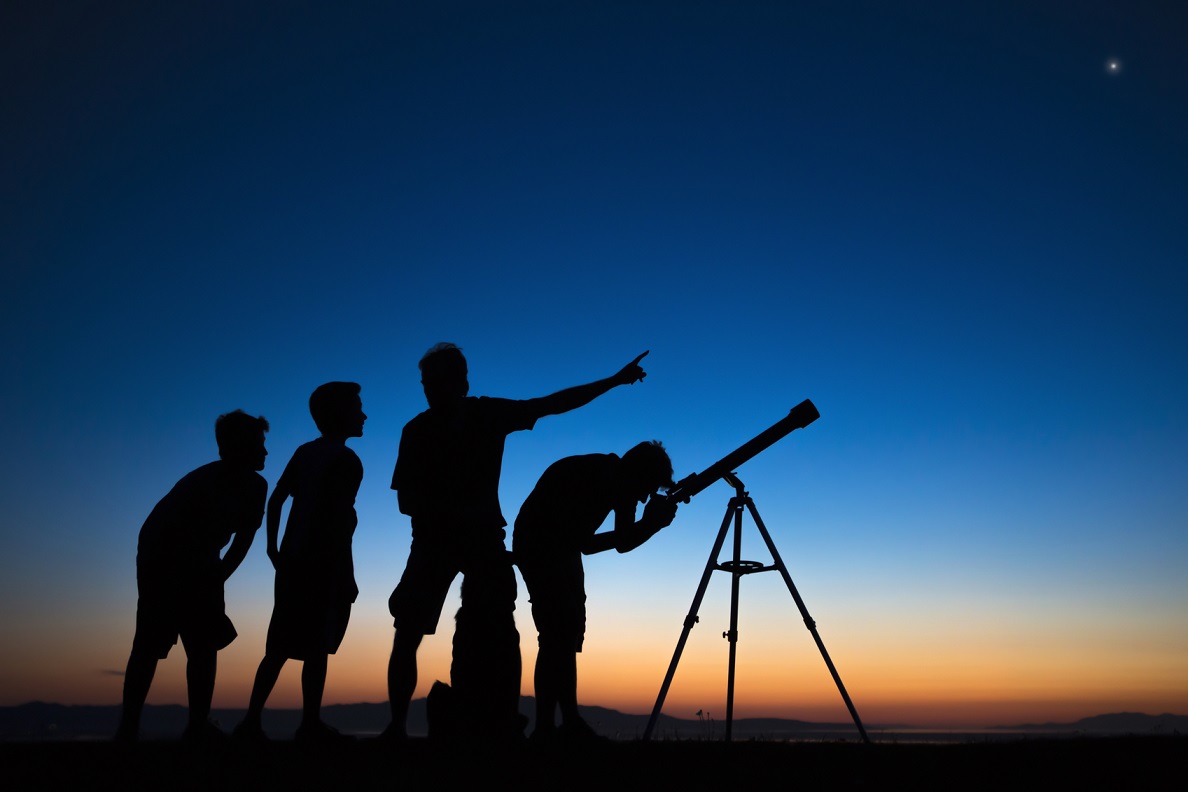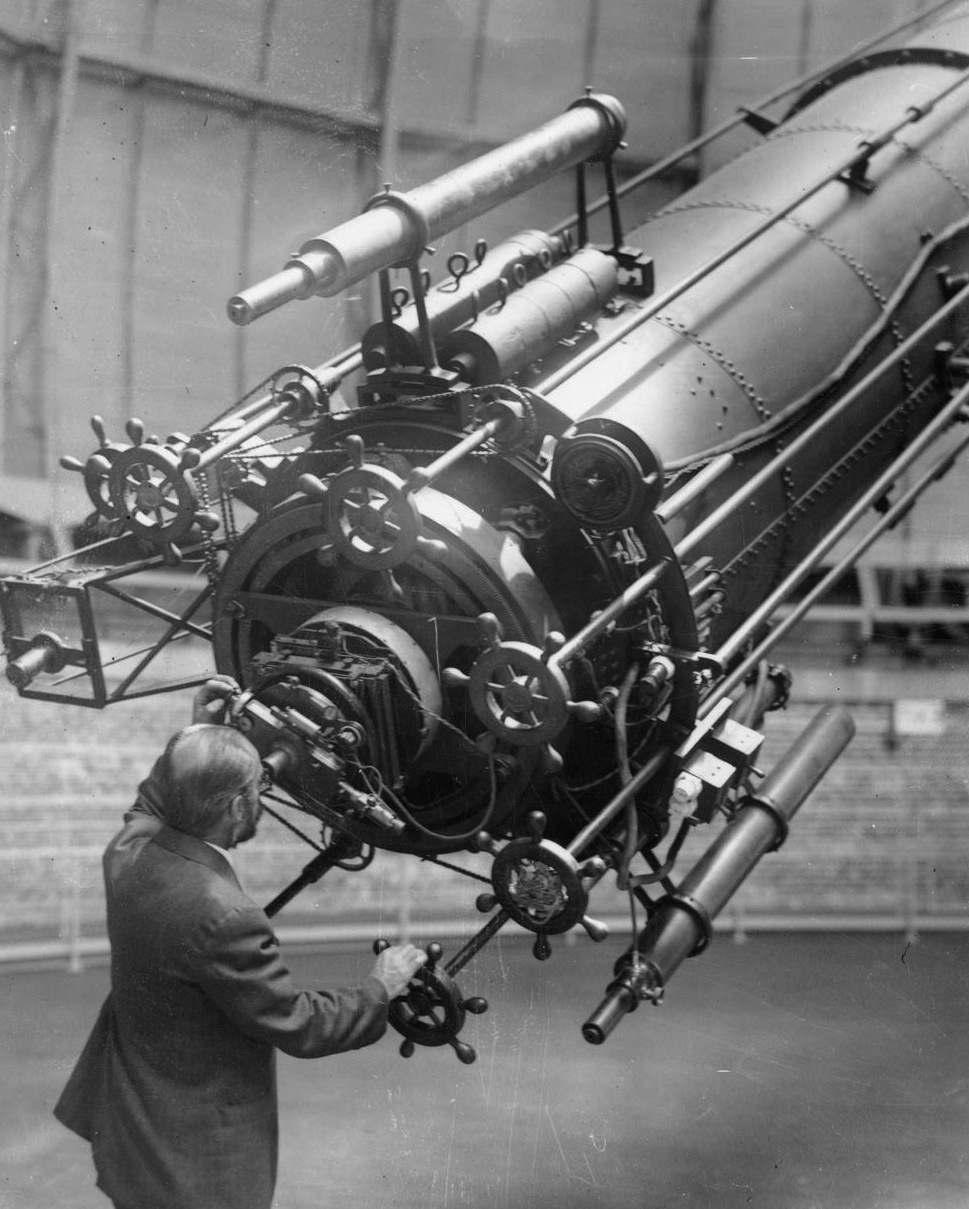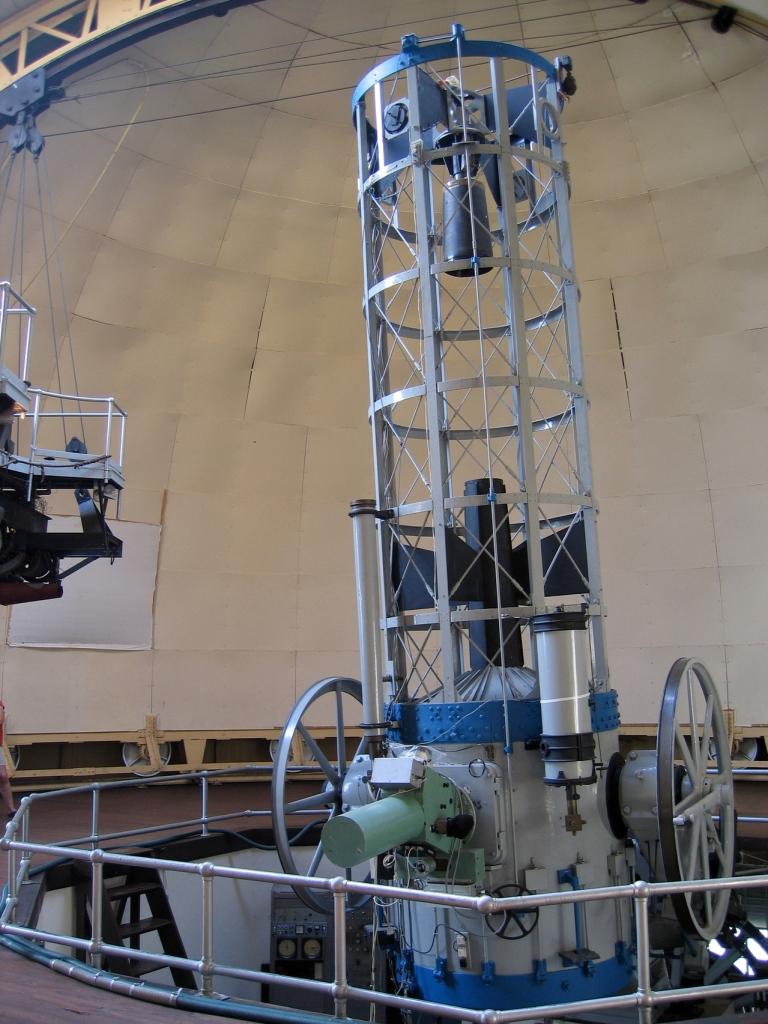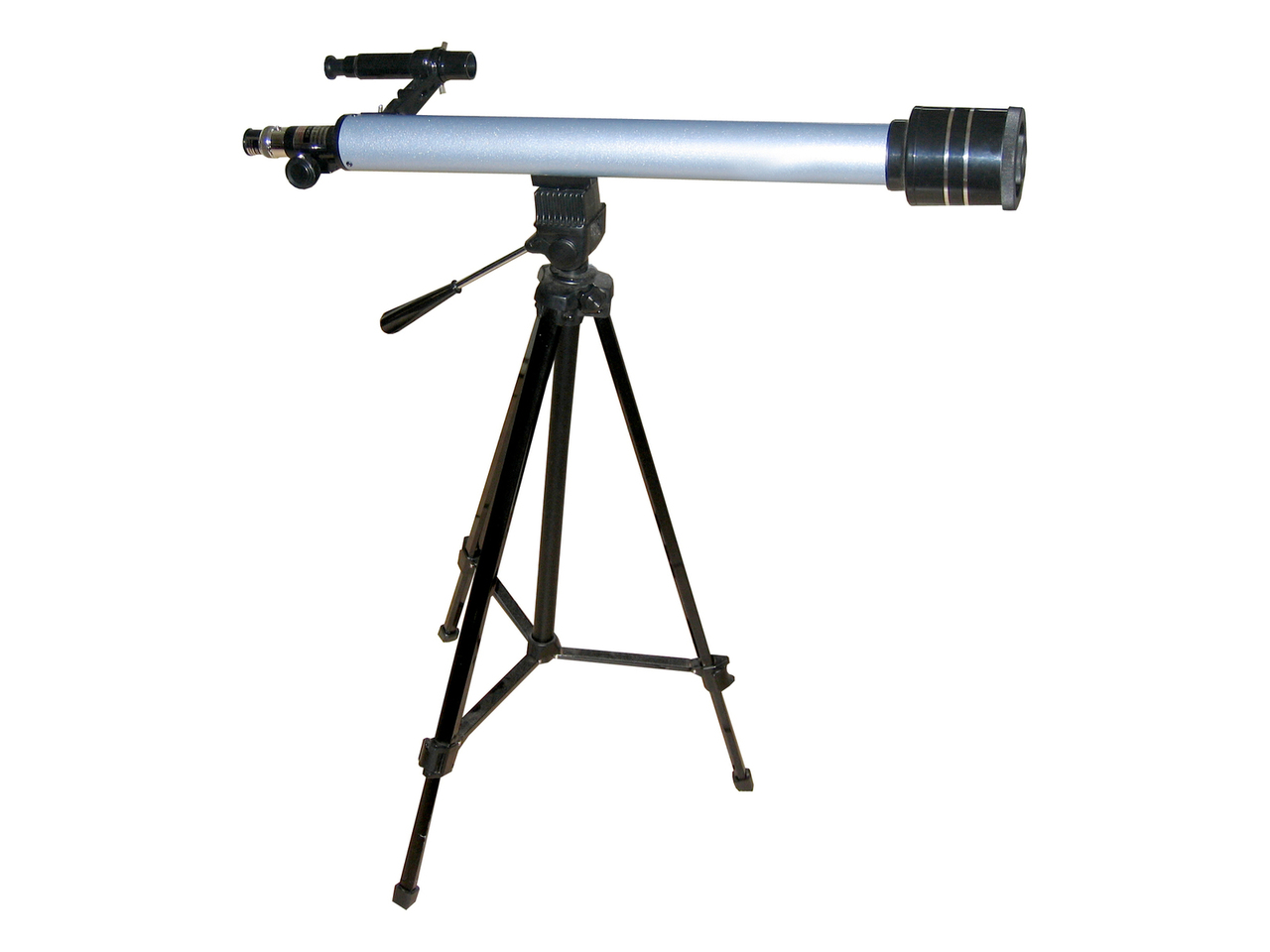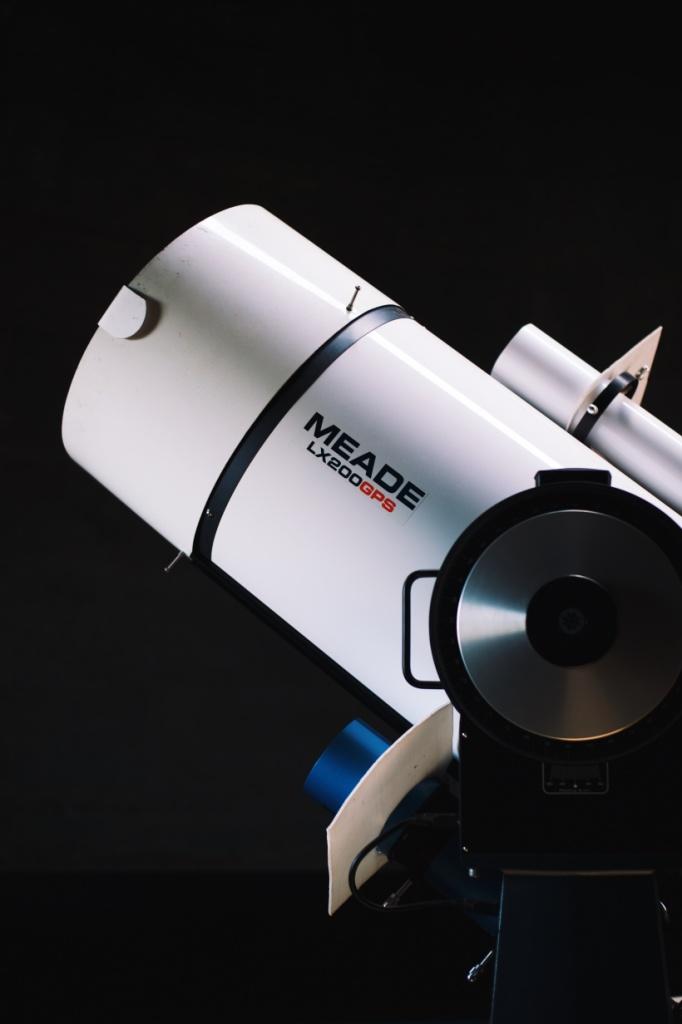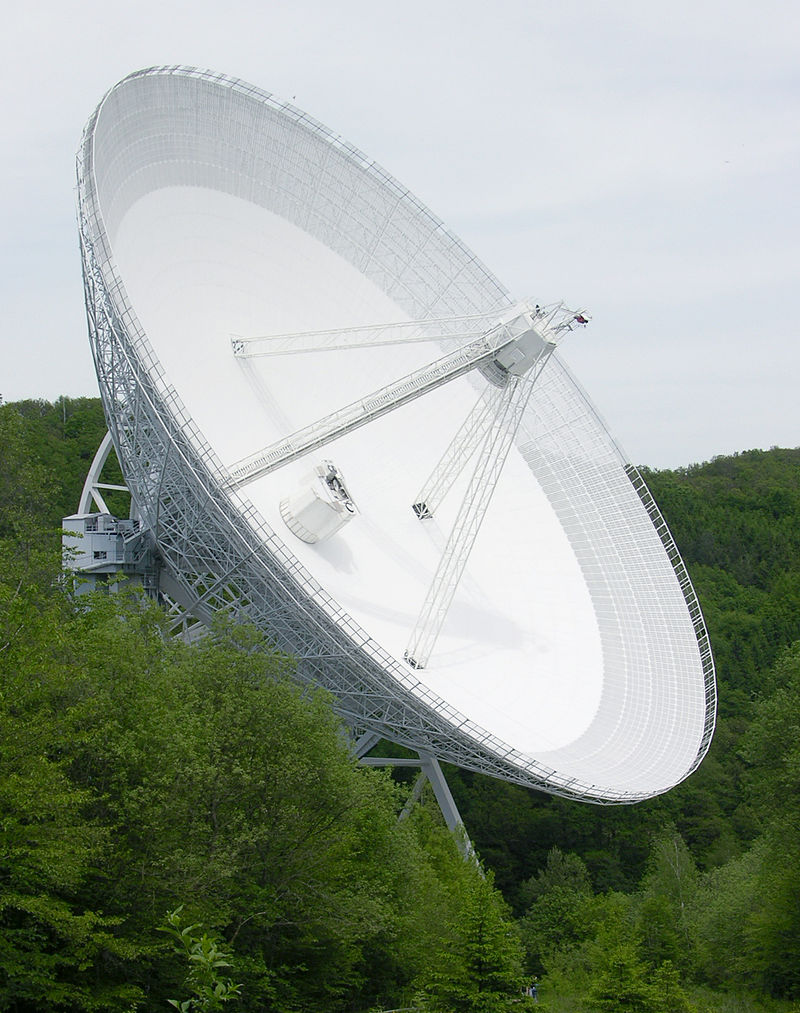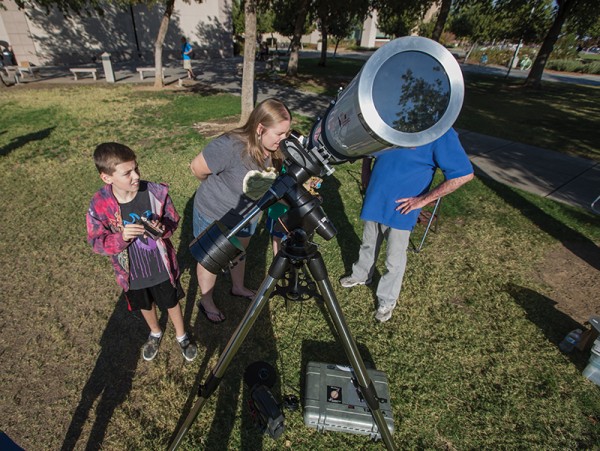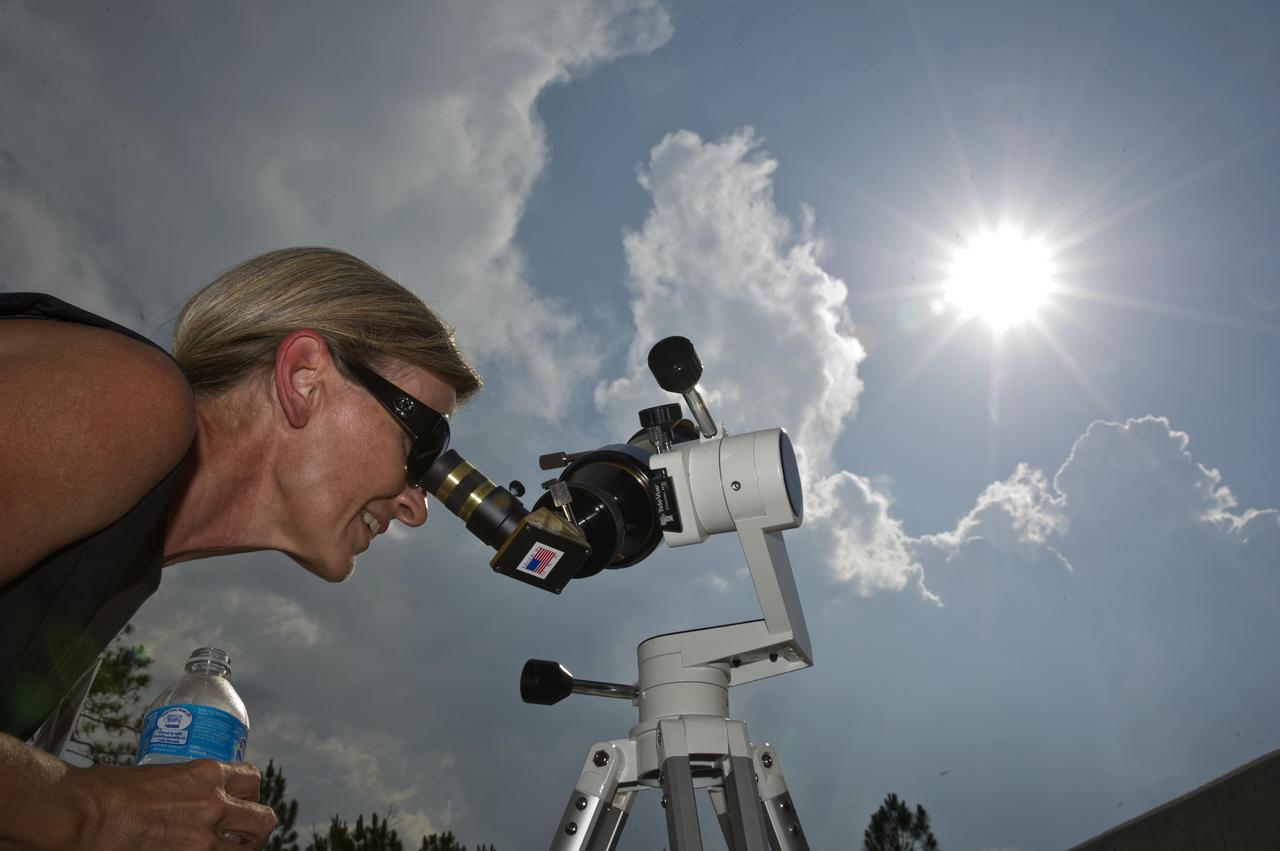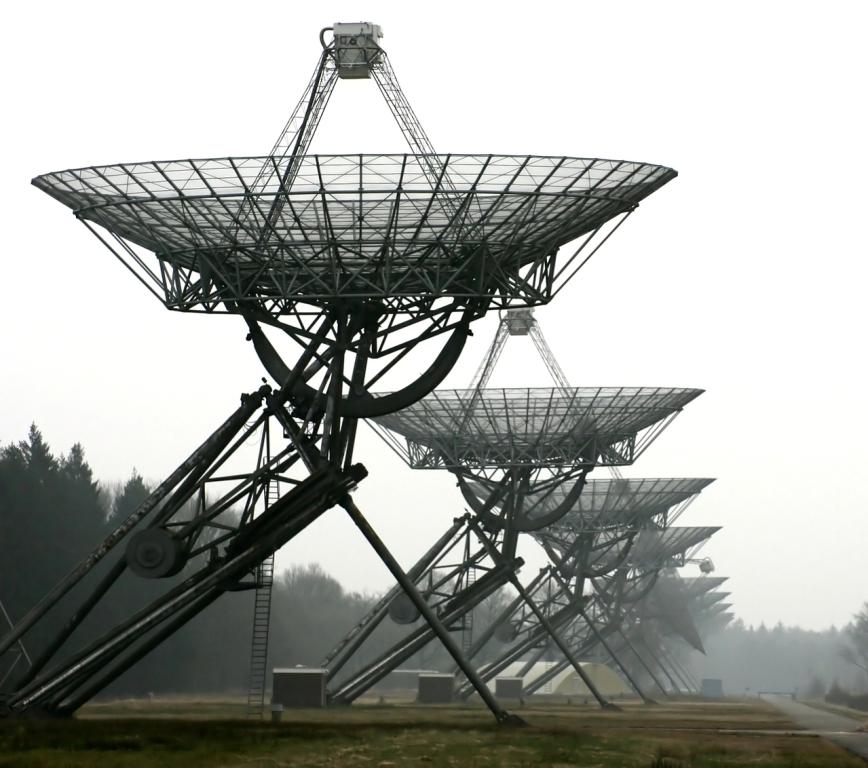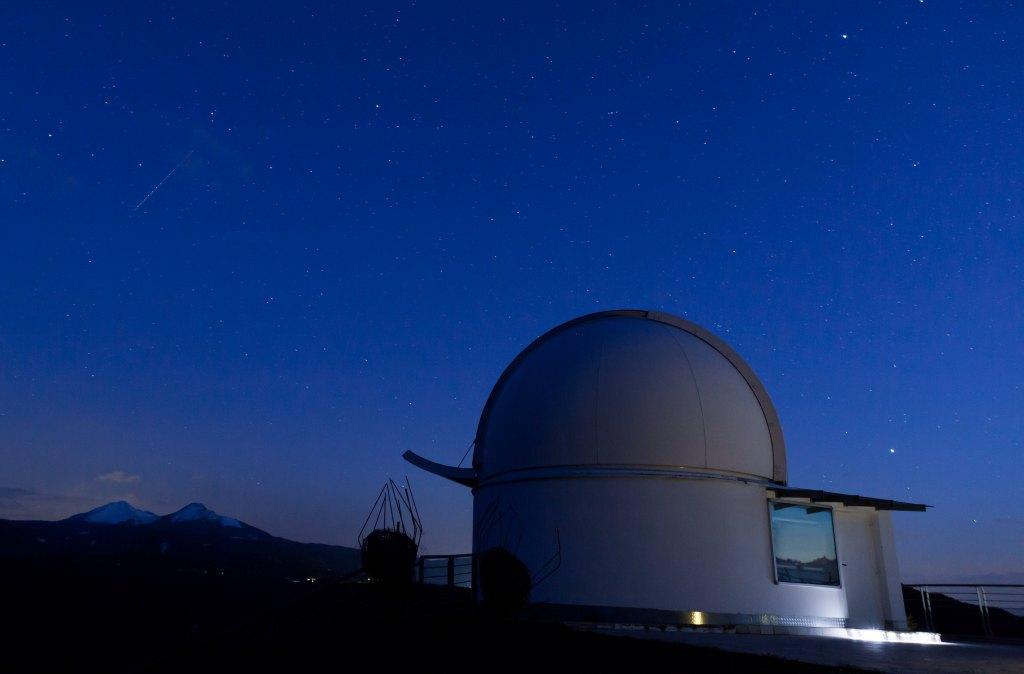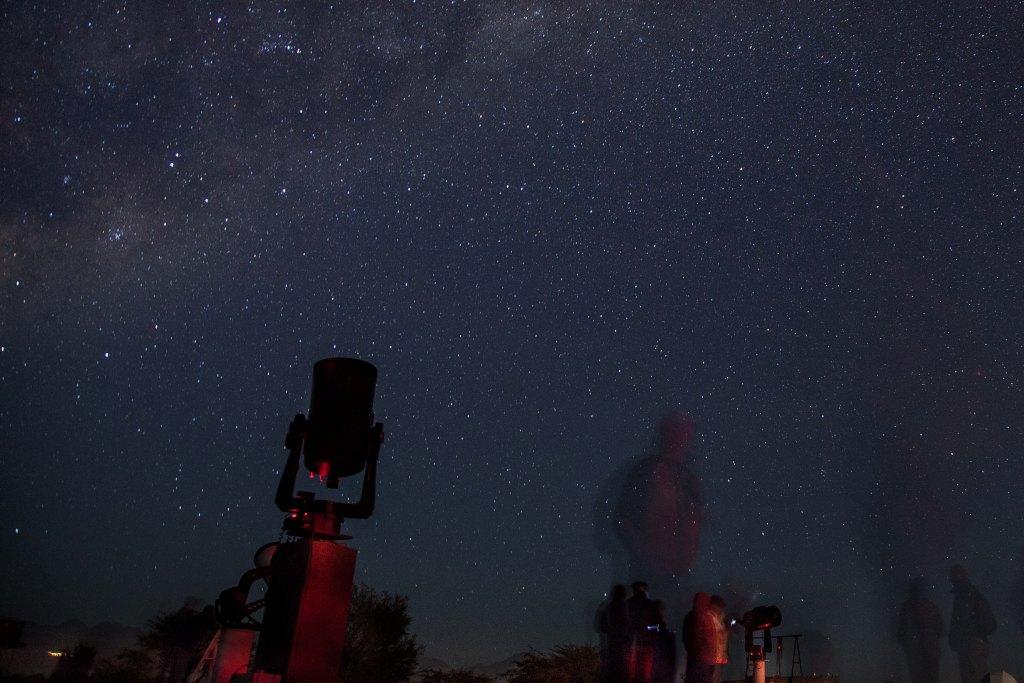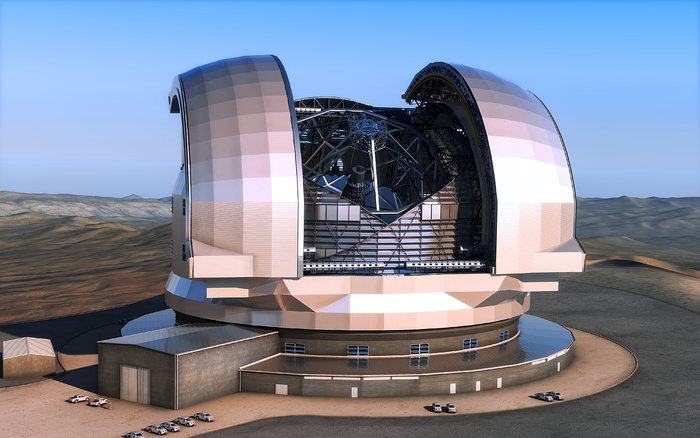Beginners Guide To Telescopes For Kids 🔭
Revealing The Universe
Interested in learning about telescopes? Here you can enjoy reading about how they work and their different types. Since their invention in the early 1600’s, telescopes have radically changed the field of astronomy! From simple refracting telescopes that children can use, to massive ones located on the tops of mountains, to the world-famous Hubble Space Telescope which has revealed many of the universe's secrets!
Introduction To Telescopes
Telescopes have been around since the early 1600’s and their invention radically changed astronomy forever! Galileo Galilei famously used one in 1610 to discover the Galilean moons of Jupiter. A telescope works by collecting light and magnifying the object, making it easier to see an object's detail. This is why bigger telescopes can see more detail as they collect more light!
But first, what is light? Well, ‘light’ is just part of what scientists call the ‘electromagnetic spectrum’ which is a range of different radiation types based on its wavelength. The visible light, which we can see with our eyes, is merely one small type of radiation in the middle of the spectrum. The major types of radiation which make up the spectrum, from high energy small wavelengths to the longest, is listed below;
- Gamma rays
- X-rays
- Ultraviolet radiation
- Visible light (made up of purple, blue, green yellow, orange and red)
- Infrared radiation
- Microwaves
- Radio waves
All objects in the sky emit parts of this range of radiation. However, Earth’s atmosphere absorbs, or blocks, most radiation wavelengths which reach Earth. The majority of visible light and radio waves reach Earth’s surface, albeit with some loss to absorption and a little distorted. This is why it is best to locate telescopes in space where they can receive unaltered radiation from any part of the spectrum.
Types Of Optical Telescopes
An optical telescope collects, focuses and magnifies visible light to make it seem like we are viewing an object from up close. This is why we can see more detail when observing an object like the Moon through a telescope!
There are two main types of telescope which amateur astronomers can buy;
- A refracting telescope which are long and skinny and use lenses to focus the image.
- A reflecting telescope which uses two mirrors to bend and reflect the light. Due to its design it is shorter. This type of design allows for greater levels of magnification. Isaac Newton famously designed a simple and popular type similar to this called a Newtonian telescope.
Fun Facts - the Hubble Space Telescope (which is in orbit around Earth) is reflector type of telescope, but on a much larger scale! The Mauna Kea Observatories on top of Hawaii’s highest mountain are mostly optical telescopes.
Other Type Of Telescopes
Not all telescopes are the same and not all of them view the night sky in visible light which we can see with our eyes. Some scientists want to study celestial bodies in other wavelengths and sometimes those objects are very faint. Therefore they have built massive telescopes or have launched telescopes into space to observe objects in wavelengths which are normally absorbed or distorted by our atmosphere.
- There are Gamma-ray telescopes which have been put into space such as the Compton Gamma Ray Observatory. This is because gamma-rays are absorbed by Earth’s atmosphere so we need to observe these objects from space.
- Special X-ray telescopes have been designed and launched into space. Check out the Chandra X-ray Observatory which was one of NASA’s most successful space telescopes.
- Electromagnetic radiation in the infrared wavelength gets partially absorbed by water in Earth’s atmosphere. So scientist designed Infrared telescopes which would operate high in the sky like NASA's airborne SOFIA, the Spitzer space telescope and the Herschel space observatory.
- Radio telescopes which collect faint radio waves from outer space are among the biggest telescopes in the world. Some of the more famous are the Very Large Array, Arecibo Radio Telescope, the Atacama Array and China’s new Five-hundred Metre Radio Telescope.
